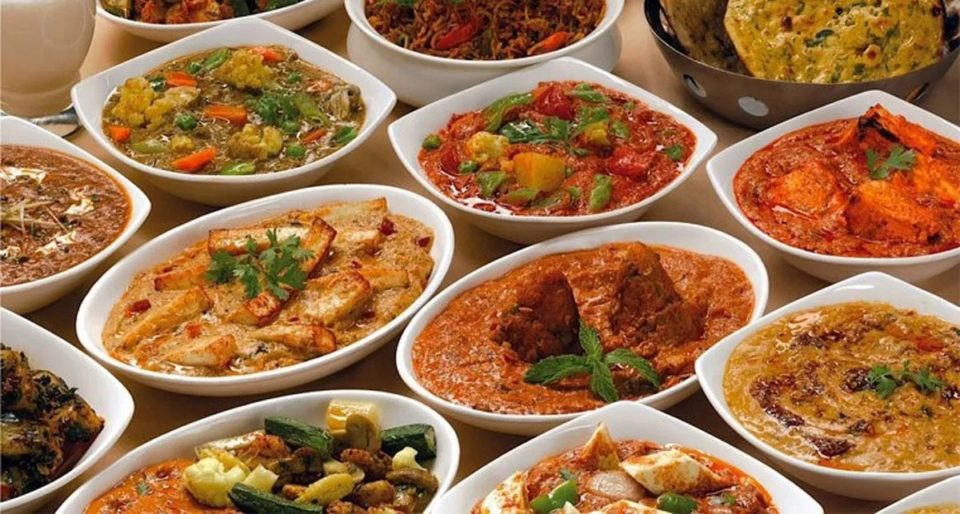Among drinks, the classic Indian chai is another example that is sold in every other tiny stall in India. Indian desserts on the other hand have a propensity of being very sweet. The desserts are multi-fold, like lentil batter fried in oil, flour balls soaked in syrup, rice cooked in milk with sugar, cardamom, saffron, rose essence and dry fruits with clarified butter. The ingredients are divine and exclusive.
The routine everyday dishes
Curry and dhal form an intrinsic part of our diet. This is habitually consumed every other day in an average Indian household.
What is curry, you may ask? Curries are basically vegetables or meat that is cooked in a unique sauce. The sauce can be a concoction of tomatoes and spices or an amalgamation of coconut with onions and garlic. The spices and seasoning vary with each dish, although the tadka is largely the same.
There is both and wet dry curry. The dry dishes are just seasoned with dry masalas and shallow fried until they are cooked. For example; dry ladies finger fry, potato pot roast, dopiaza etc.
Dhal is basically lentil soup cooked with turmeric and oil. It is tempered with mustard seeds, cumin seeds, curry leaves and asafoetida powder. This augments the flavour of the dish. Lentil soup is also inclusive of greens like spinach, fenugreek leaves and mustard leaves.
Indian flatbread and rice
Roti is just simple Indian flatbread but is a central part of our diet. Like bread, this is made up of flour (wheat flour) and water and cooked on a tawa as opposed to being baked in an oven. The roti is traditionally accompanied with a rich side dish that compensates for all the flavour. There are other variations like Naan, Kulcha, Rumali etc.
Rotimatic is now a growing rage. The rotimatic reviews speaks for itself.
When it comes to rice, vegetable pulao and Biryani are some of the top favourites of locals. Biryani is a rather luxurious food dish that was mostly relished by royalties. It is basmati rice that is seasoned with vegetables, spices, saffron, dry fruits and sometimes layered with meat. The dish is usually sealed airtight and cooked for a while before serving.
Chutneys and pickles: The pickles are usually cooked with a variety of ingredients like ginger, tomato, raw mango. The high content of acidity acts as a natural preservative.
There are also fried dishes like bajji which is fundamentally vegetables that are dipped in basin batter and cooked in oil until they turn golden. Eggplant, Potato, raw banana and onion and famously used in the preparation of bajji.
Spices
Spices form an integral part of our cooking. There are very few Indian dishes that do not employ the usage of spices.
Some of the important spices are mustard, cumin, coriander seeds, fenugreek seeds, cinnamon, cardamom, cloves, mace, star anise, pepper etc. We also have the dry version of powders like garam masala which is a mishmash of all the significant spices.

